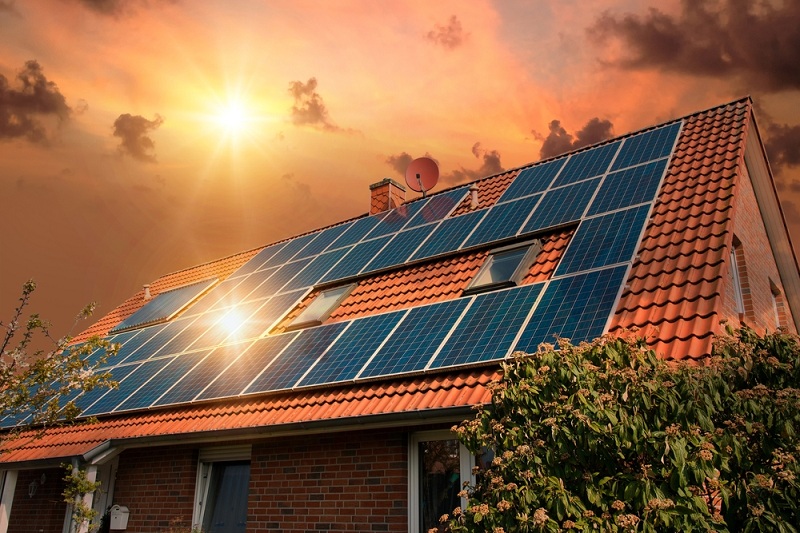The amount of power a 100-watt solar power system produces depends on several factors. These include geographic location, the angle at which the panels face, temperature, direction, and shading.
The number of solar panel systems you'll install will depend on how much power you need to generate and the available room for placement.
How Is Solar Power Measured?
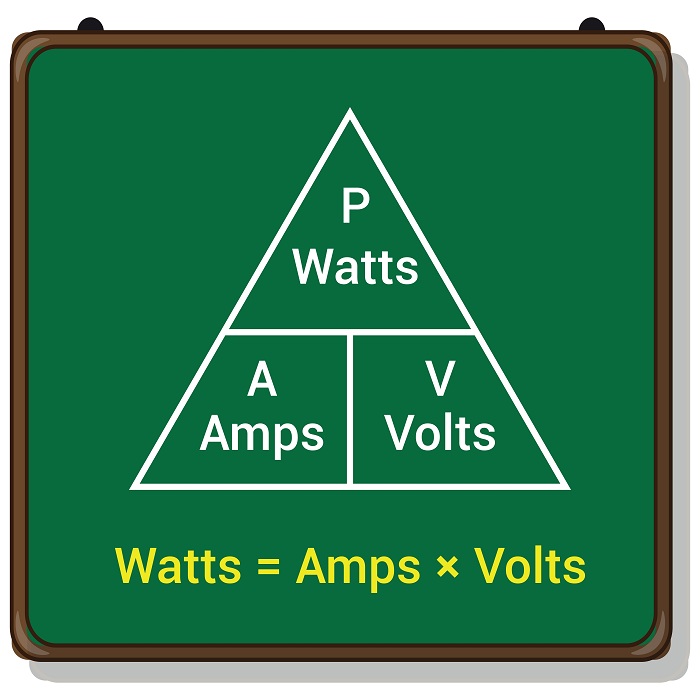
Solar panels generate electricity by converting sunlight into usable energy.
We measure how much power a panel produces in Watts - Wattage is calculated using the following equation:
Watts (W) = Volts x Amps (V x A).
Another standard unit of measurement for solar power is Watt-Hours.
Watt-hours tell us how much energy a panel generates over a given period. One watt-hour equals one watt operating continuously for one hour.
For example, if your solar panel produces 100 watts of power for one hour, it will send 100 watt-hours of energy into your home's battery bank or your local power grid.
The more watt-hours a panel produces each day, the fewer panels you need for a given application.
How Much Power Does A 100-Watt Solar Panel Produce?
A 100-watt solar panel can produce up to 100 watts per hour.
This is the maximum amount of energy it can generate under optimal conditions. That is, peak noon sunlight and at the panel's optimal temperature (77F/25C).
But you'll probably see less power generation if you live in a less-than-ideal place, which most of us do.
In the real world, you may only get 300-400 watt-hours of power daily, depending on how many hours of sunlight you receive each day and whether it's cloudy or sunny outside.
You'll get more energy on sunny days and less power on cloudy days.
Your solar panels will produce more power around midday and far less in the early morning and late afternoon.
Is it A Good Idea to Pair a 100-watt Solar Panel With a Battery?

By pairing a 100-watt solar system with a battery, you won't need to worry about importing and exporting energy from the grid because you can always get enough power to meet your needs.
If you're considering buying a lead-acid battery, remember that it shouldn't run below half its capacity. That means you'd want a solar panel that can produce at least twice the daily energy your batteries require. For example, assume an average daily solar production rate of 300 Wh, then you'd need a storage system that can hold 600 Wh.
Lithium-Ion (Li-ion) batteries are different: They can be discharged almost completely, so if you're using them for energy storage, get one with a storage capacity slightly above your solar panels' daily output.
What Can You Run With A 100-Watt Solar Panel?
A 100W solar panel that gets 8 hrs of direct sun each day will generate approximately 1kWh/day. If we multiply this number by 365, we get an annual solar energy production of about 365 kWh.Therefore, each panel will produce 365 kWh annually.
Lots of things can still be done with 100-watt panels, including powering laptops, fans, and lights.
To calculate accurately whether you can run a device entirely off of solar energy, first, you'll need to figure out the electricity usage of that device.
For example, a 100-watt solar panel is not enough to power a 150W refrigerator (obviously).
On the other hand, a laptop only consumes about 60 watts/hour. So a 100-watt solar panel would be more than adequate.
How many amps does a 100w 12v solar panel produce?
To calculate amps, remember the equation amps x volts = watts.
Using this math, we can quickly learn that one hundred watts of power delivered at 12 volts produces eight amps:
100 Watts = 12V x 8 A
How many 100W solar panels do I need to go off-grid?
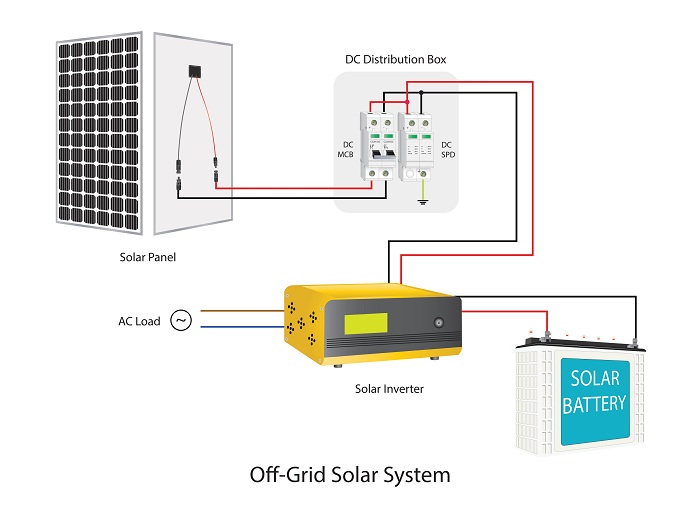
If you don't have access to the grid, installing off-grid solar on your home is your best option for meeting your energy needs.
So let's say you have access to cheap100-watt photovoltaic (PV) solar panels and want to use them to generate electricity for your house.
Let's look at how much energy they produce per day.
Let's assume that each of these panels gets eight continuous,s uninterrupted periods of sun exposure every day.
If you receive eight hours of direct sunlight daily,n you will get one kilowatt-hour of energy from each solar panel every twenty-four hours.
If we multiply this by 365 days per year, we get a maximum solar output of about 365 kilowatt-hours per year.
In short, each panel will provide 365 kilowatt-hours each year.
According to the ELA, the average American home consumes about 11kWh of energy per day. This size home would therefore require a minimum of 11 x 100W solar panels - in ideal conditions.
In reality, you'll probably need more like 15.
What happens at night?
If you have a battery bank, you'll be able to tap into that excess energy produced during the day.
Then when it's cloudy or dark, you'll have the energy to pull from.
Absent a battery ban; your solar panels won't be able to power a thing at night. Instead, you'll need to draw power from the grid.
How many 100W solar panels do I need to run a refrigerator?
The average 150W-300W refrigerator will probably need 3 or 4 100W solar panels to run.
The average consumer home refrigerator-freezer uses about 100 Wh per month.
An A100-watt panel receiving at least 8 hours of sunlight per day will produce about 30 kWh per month.
Divide that refrigerator usage (100kWh) by 30 kWh per month, and you get 3.3 solar panels. So you'll need at least 4 x 100-watt solar panels to keep the fridge-freezer running 24x7.
How many 100W solar panels does it take to charge a 100ah battery?
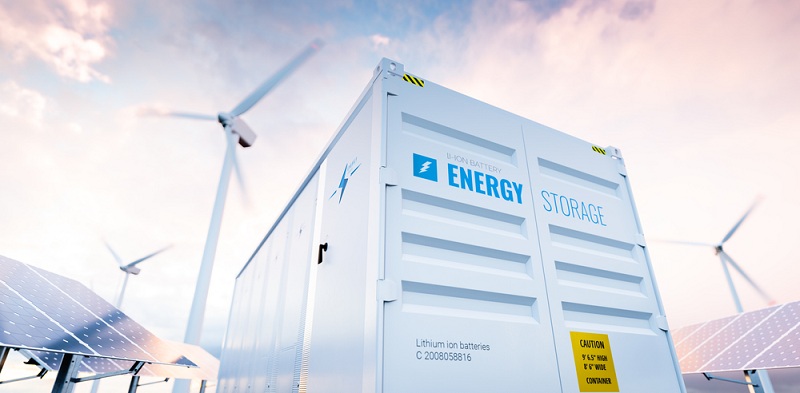
This is where the basic electrical equation of amps x volts = watts comes in handy.
Charging a single fully-depleted 12-volt / 20 amp (240Wh) battery will typically take about 3-5 hours on a single 100W solar panel.
Part of the extra time is created in the final phase of charging, where the charge controller will slow energy delivery down to protect the battery cells from damage.
In the real world, we recommend buying two 100W panels for each deep-cycle 12V battery so you can continue to operate during cloudy days, etc.
How do I know how many panels I need?
To determine what size system best fits your needs, list all the appliances and devices you plan to run.
The major appliances to consider when addressing energy needs may include a TV, lighting, water pump, laptop, fans, microwave, and refrigerator.
Can You Connect Multiple 100-watt Panel?
You can connect solar cells to increase their total power output. Adding a few more panels to a well-designed system is an easy upgrade.
For example, if you connect two solar panels in series (one after another), you'll generate up to twice as much current at the same nominal output voltage. Likewise, combining two panels in parallel will produce the same current but at twice the output voltage.
Before deciding on how to connect your panel, make sure you take into account the limits of the following link in your power system: the charge controller. Charge controllers can only handle so much voltage and amperage, so make sure you wire your panels with this in mind.
Can You Power a Home With 100-watt Solar Panels?
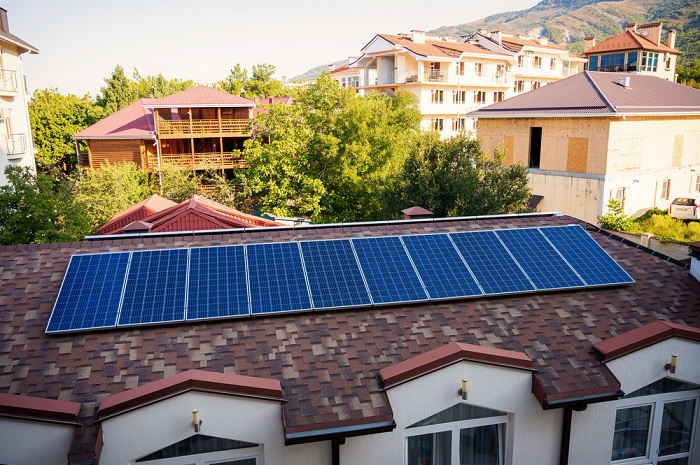
If you want to, you can. But it probably won't be financially sound to do that.
A typical house uses a lot of electricity and requires a solar array between 5kW and 10kW in peak power output.
So if you want to install a solar panel array for a large home, you'd need 50 to 100 of them. This would require a lot of parts, wiring, and labor to install.
For this reason, it's more expensive to install 100W panels in a home installation than to install fewer high-power panels. So, most residential solar systems use larger solar panels ranging from 250 W to 400 W.
FAQs
Q: What Is the Best Way To Charge Batteries Using Solar Energy?
A: There are two ways to charge batteries with solar energy. One way is to use a DC/DC converter to convert the direct current produced by the solar panel into an alternating current (AC). This method works best when you have an inverter that can accept AC input.
The most common option is to use a photovoltaic charge controller. These devices are designed specifically to charge batteries directly without converting the voltage.
Q: Do I Need Any Special Equipment For Installing Solar Panels?
A: No special equipment is required to install solar panels. However, you will need essential tools like screwdrivers, wire cutters, a hammer - and a basic grasp of electrical safety and power systems.
Q: Will Solar Panels Work In Winter?
A: Yes, they work fine during winter. Solar panels are a bit more efficient in cooler weather. That said, if you get a lot of rain or snow in the winter, obviously power generation will suffer as sunlight decreases.
Q: Can I Use A Battery Bank Instead Of Solar Panels?
Yes, you can always use grid power to keep your battery bank charged, then rely on it when needed. Some battery banks also come with solar panels, so when you want to rely on the sun - you can.
Q: Are Solar Panels Safe?
Solar panels are safe if you follow proper installation, wiring, and operating guidelines. Always remember that solar panels produce heat that can burn.
Q: How Long Does It Take To Install Solar Panels?
Installing 10-20 solar panels on your roof should take anywhere from 1 day to a couple of weeks, depending on the availability of labor and whether roof repairs are needed.
Q: How Many Watts Can I Get From A Single Solar Panel?
Most solar panels deliver power from 50 to 350 watts per hour at peak sunlight. However, the output of a single solar panel varies based on the board's size, the type of solar cell used, and the sun's position.
Q: How Much Money Can I Save By Going Green With Solar Panels?
Going green with solar panels could save you considerable money over the years by reducing your monthly electric bill by up to 80%. If you live in a state with incentives, you could see a 10-year payback or less on a home solar installation.
However, modern solar panel arrays can make sense for long-term owners absent incentives.

